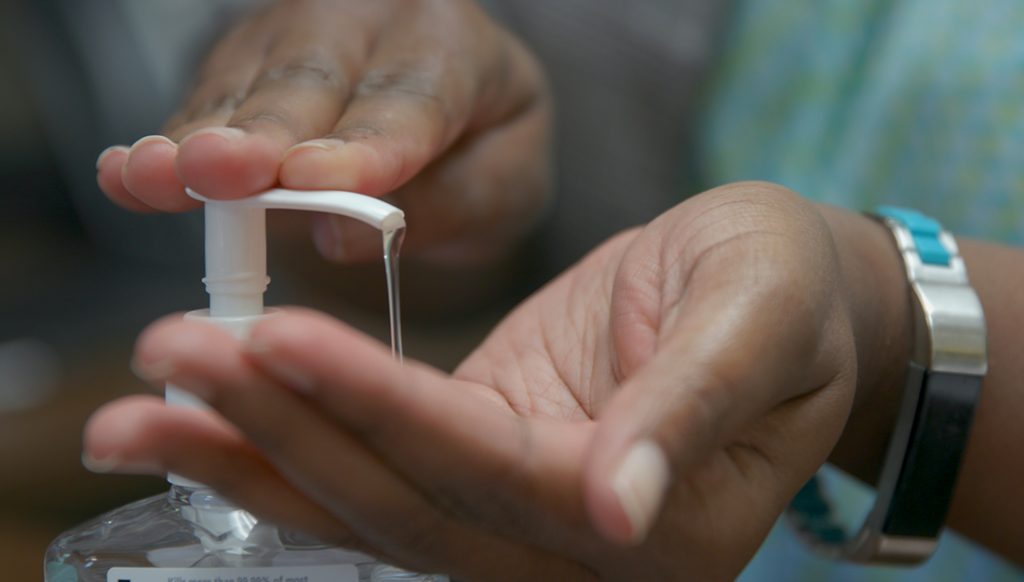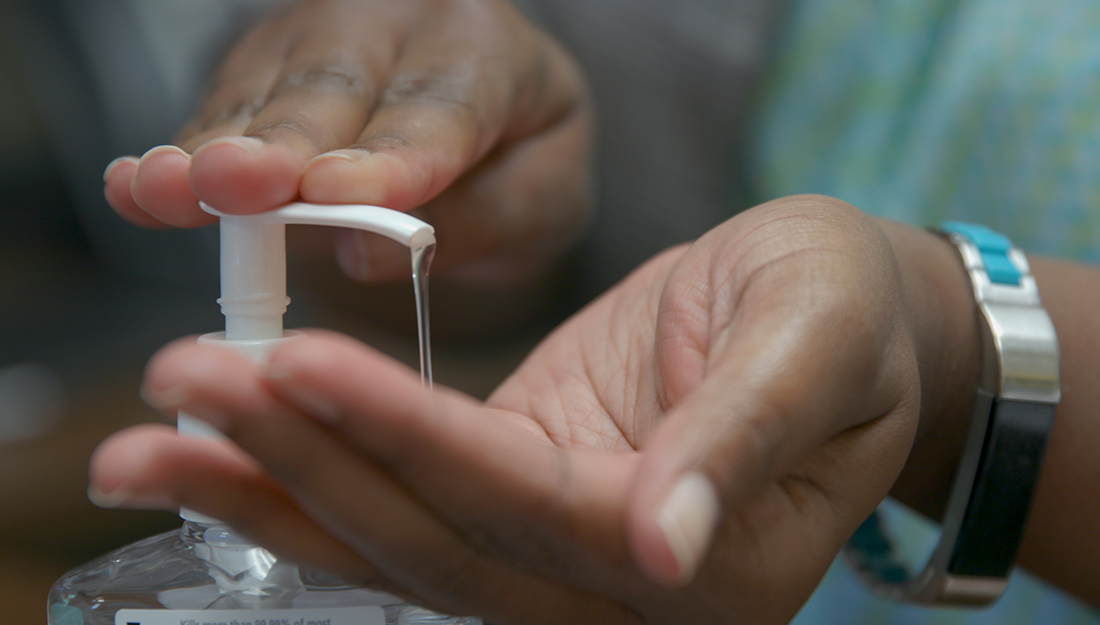In the face of increasingly widespread fears of a COVID-19 pandemic, what concrete steps can a person take right now to prevent the infection? Read our practical guide based on official sources.

All data and statistics are based on publicly available data at the time of publication. Some information may be out of date. Visit our coronavirus hub and follow our live updates page for the most recent information on the COVID-19 outbreak.
To date, public health officials have reported tens of thousands of cases of COVID-19, the respiratory disease caused by the new coronavirus, SARS-CoV-2.
This situation has caused many people around the world to feel anxious about becoming infected, and social media outlets and public forums abound with questions about how to keep COVID-19 at bay.
This Special Feature is a practical guide that describes the best ways to avoid a respiratory infection at home, at work, at school, and while traveling.
The recommendations that we outline are based on those of official sources, including the World Health Organization (WHO), the Centers for Disease Control and Protection (CDC), and the American Red Cross, as well as our correspondence with a WHO spokesperson.
How to stay safe where you live
“Based on the information received so far, and on our experience with other coronaviruses, COVID-19 appears to spread mostly through respiratory droplets (when a sick person coughs, for example) and close contact,” a WHO spokesperson told Medical News Today.
In light of that information, the spokesperson said, the WHO recommend preventive actions to minimize exposure to droplets.
During day-to-day activities, people can take the following measures to prevent infection, in accordance with WHO guidelines:
- Clean the hands regularly with an alcohol-based sanitizer, or wash them with soap and water. The CDC also make this recommendation, advising that sanitizer should contain “at least 60% alcohol” and that people should wash their hands for at least 20 seconds.
- Clean surfaces — such as kitchen seats and work desks — regularly with disinfectant.
- Avoid crowded areas when going out, for people over 60 years old and people with any underlying health problems.
- Try to avoid close contact with people who display flu-like symptoms, including coughing and sneezing.
- Get accurate information about COVID-19. Some good sources include the Pan American Health Organization and WHO websites.
The American Red Cross also advise against touching the mouth, nose, or eyes when out and about, before having a chance to wash the hands.
Also, the CDC recommend getting the flu shot to prevent other seasonal respiratory infections.
The CDC recommend that all people wear cloth face masks in public places where it is difficult to maintain a 6-foot distance from others. This will help slow the spread of the virus from asymptomatic people or people who do not know they have contracted the virus. Cloth face masks should be worn while continuing to practice physical distancing. Instructions for making masks at home can be found here. Note: It is critical that surgical masks and N95 respirators are reserved for healthcare workers.
How to stay safe at work and school
Work and school environments may seem particularly daunting in the context of an outbreak, but some simple measures can help prevent infection in the office or classroom.
They are largely the same as those outlined above. According to WHO recommendations, the following are the most important preventive steps:
- Regularly clean work surfaces and objects in continual use, such as phones and computer keyboards.
- Regularly wash the hands with soap and water or use sanitizer.
In recent telebriefings, CDC officials advised anyone who is concerned about the potential impact of COVID-19 to get in touch with employers and schools to find out exactly what response measures they have in place.

